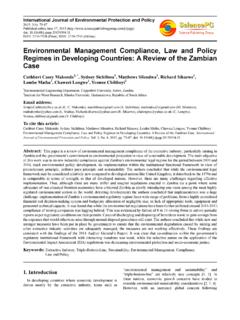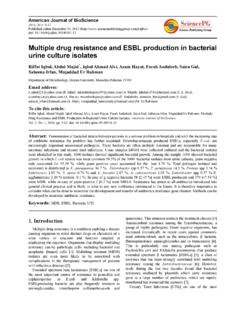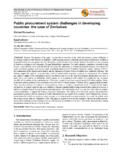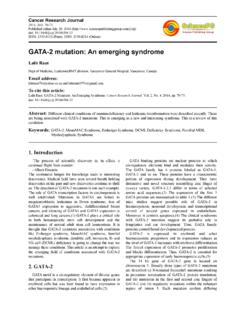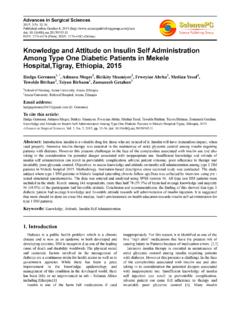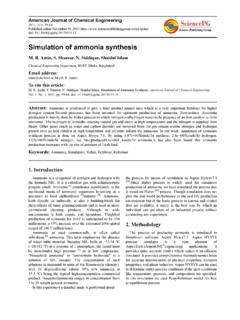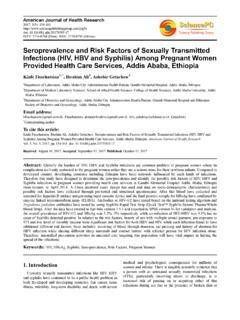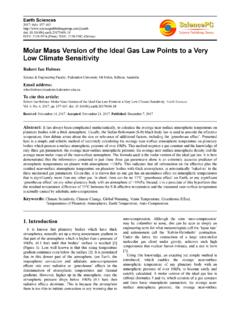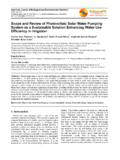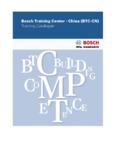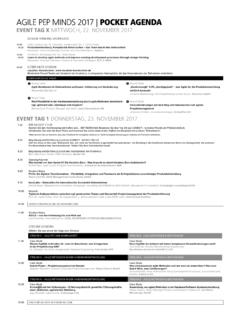Transcription of Theoretical approaches to the organizational …
1 Journal of Human Resource management 2013; 1(4): 48-58 Published online December 10, 2013 ( ) doi: Theoretical approaches to the organizational culture and the organizational climate: Exploratory research examples and best policies in health care services Eugenia Bitsani Human Recources management with emphasis in cultural, social services Technological Educational Institute of Peloponnese, Kalamata, Greece Email address: To cite this article: Eugenia Bitsani. Theoretical approaches to the organizational Culture and the organizational Climate: Exploratory Research Examples and Best Policies in Health Care Services. Journal of Human Resource management . Vol. 1, No. 4, 2013, pp. 48-58. doi: Abstract: organizational climate and organizational culture are two very interesting concepts for the aim of definition of a system of quality and continuous improvement within a healthcare organization.
2 Ergonomically, the study of organizational climate responds to the need to assess the impact of organizational actions on daily work processes and is also a way to measure the health of an organization. Purely technical disputes on the problem of definition of organizational climate are related to the absence of an adequate Theoretical model. We will examine them in a critical and analytical way. A further contribution examined is called "cultural". This Theoretical model is based on an interactive approach and considers the interactions between the members of the group as a key determinant of organizational climate. The model further adds that a predominant influence on these interactions is exercised by the portion of meanings and knowledge that is mediated by organizational culture. We argue that the two concepts, climate and culture, are distinct constructs, but locked or linked.
3 Keywords: organizational Climate, organizational Culture, organizational Behaviour, the Quality of Organization, Health Care Services 1. Introduction In recent years, global community experiences an economic crisis of big depth, which, even if it was originally manifested in the USA -having been associated with bank debts and more specifically, the inability of paying the mortgage loans-, it soon became epidemic. Within this context, global economic news reports offers a specific definition of the concept of crisis, focusing on the bank and economic system of countries. Nevertheless, this term incorporates many other concepts, such as cultural crisis, value crisis etc. Initially, this term meant the decision to solve a problem so that a country, a business, an organization etc could come out from a difficult situation.
4 In this framework the organizational culture and organizational climate are becoming more important than ever before because organizations need to ensure that those individuals who add value to the bottom line will want to stay in the organization and will want to continue pouring their effort into their work to the benefit of the organization. (Castro, Martins 2010)[1] Numerous studies provide evidence that the organizational climate exists as a principal, empirically verifiable, element (Burell 1979, 1996; Quaglino 1987; Buckingham and Coffman 2000; Bosch et al., 2008) [2], [3],[4],[5]. However, a full explanation of the modalities of its formation or its emergence has not yet been developed. The central problem concerning the formation of organizational climate is how individuals, who are subject to a wide range of stimuli, have a relatively homogeneous perceptions of themselves and, moreover, give them salient meanings to organizational life (Schneider and Reichers 1983)[6].
5 This paper explains that the two constructs, although conceptually distinct, are bound by the influence which organizational culture exerts on the formation of organizational climate. The importance of the research unit on culture and climate derives from the awareness that these are perhaps the two most valuable and powerful constructs that researchers have to include both expressive dimensions, communicative and human organizations, that Journal of Human Resource management 2013; 1(4): 48-58 49 the importance which they assumed in the structuring of organizational life (Ott 1989; Daft 2000)[7],[8]. The potential confusion between these two constructs is underestimated by most of the most recent research (Hofstede, Neuijen, Ohayr, and Sanders 1990) [9]. In a large scale empirical research which analyzed ten different organizations, researchers found that, as opposed to Theoretical assumptions (Ekval 1987; Ozbilgin, Tatli 2008)[10],[11], the most distinctive characteristics items of organizational culture, mainly resided in the way in which organizational habits were perceived by members belonging to the organization.
6 We are going to explain later that, this is the level at which we can appropriately define organizational climate. This new research shows an overlap between the two constructs, but also that there is a pressing need to theoretically explain relationships and intersections between organizational culture and climate. 2. Climate and Culture organizational Culture: Theoretical Definition and Conceptual Approach Some observers allege that culture and climate are regarded as synonyms in the organizational theory. However, they are not the same and you would need to clarify the differences to understand both the constructs in order to carry out an adequate empirical exploration. Without these distinctions, climate can remain closed in the vastness of the concept of culture (as often occurred in the recent literature on the subject) and the two concepts suffer from this lack of clarity.
7 Two issues are responsible for this confusion. The first is the absence of an appropriate definition of the concepts by researchers. The second is not recognizing that organizational culture and climate are concepts that have been addressed from different academic disciplines (which we will discuss below). So while the constructs are definitely linked, it is necessary to identify the small differences that exist between them. organizational culture has been variously defined (Hofstede 1980a, Schein 1990) [12],[13]. It denotes a wide range of social phenomena, including an organization s customary dress, language, behavior, beliefs, values, assumptions, symbols of status and authority, myths, ceremonies and rituals, and modes of deference and subversion; all of which help to define an organization s character and norms (Scott Mannion Davies and Marshall 2003, p.)
8 925)[14]. Culture, in the sense that it is used here, can be understood as an idealized system (Schein 1999)[15] because a system focuses on types of meanings represented by values, formal rules, knowledge, beliefs and expressive forms (Pettigrew 1990; Parker 1992; Patrick 2010).[16],[17],[18] The conceptual aspect of culture contains several schools of thought, which are useful for understanding the role of culture in a context. The first is the cognitive school. This perceives culture as a system of knowledge or as templates learned through perceptions, beliefs, and evaluations that allow individuals to act in a manner acceptable to other members of the group or with other members of other groups (Bitsani 2006, )[19]. This perspective encloses the positions presented first by Schneider and Reichers (1983; Hodgetts and Luthans 2003)[6],[20] in the interactive approach to climate.
9 They both emphasize the implications for cognitive processes between groups interactions and the relationships between these processes with the construction of individual meaning. There is also a parallelism between these positions, evident even in social psychology and anthropology, with tradition phenomenological sociology (Hofstede 1980b; Hofstede 1994) [21],[22]. The cultural perspective abandons what structural approach proposed about climate, which was seen as linked to formal property, and also those beliefs that were inherent in the perceptive and interactive approach, the individual examination of the psychological processes (Chan, Shaffer , Snape 2004)[23]. It emphasizes the social provisions, where the cultural features become very important. What is relevant is not inherent in the cultural significance, but in the way in which they guide the social conduct in its manifestations visible in organizational climate.
10 In other words, the cultural approach by its analysis explores the dynamics through which (it delete) is produced a shared consciousness concerning the conditions in which these dynamics occur and how to successfully become significant. In brief, organizational climate is created by a collection of individual interactions modeling a common abstract part of attributes, as the culture of the Organization, by situational factors as contingencies that is the requirements imposed by organizational conditions (Schein1990)[13]. This approach moves the focus from individual perceptions as the main sources of climate, emphasizing instead the interaction between the members of the Organization (the point of view which is shared by the interactive approach). Culture may be defined as a system of common values which can be estimated that people describe the similar organization culture even with different background at different levels within the organization (Robbin, Sanghi 2007)[24].
